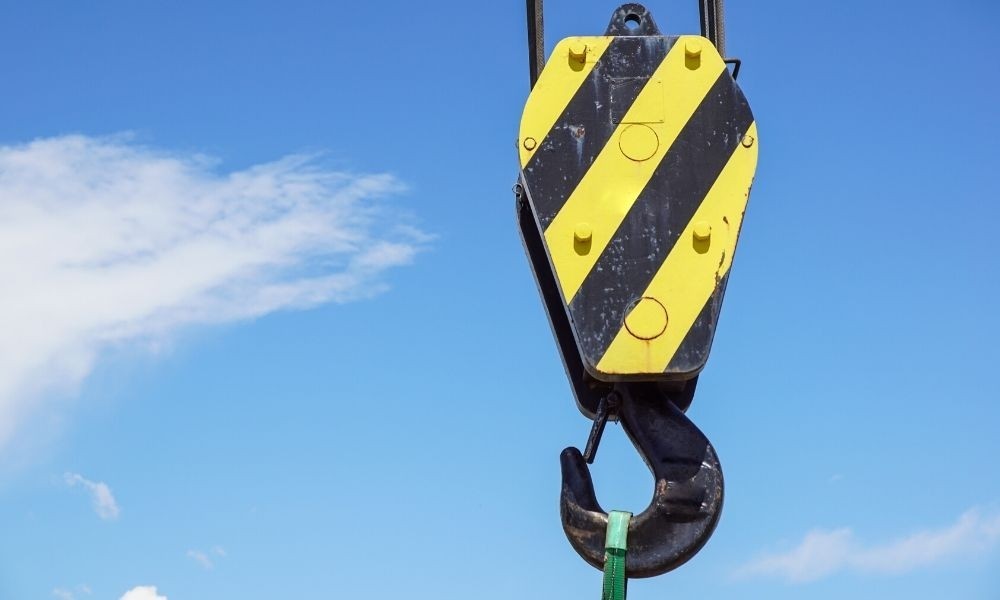The Different Types of Pulleys

When tower maintenance or a construction job requires something to be lifted, the required rigging equipment encompasses some of the most important tools to have on hand. The proper slings, joint connectors, and ropes are necessary to support and withstand maximum weights in the safest and most efficient possible manner. Pulleys also play an integral part during the lifting process of slightly lighter loads, and their different types make them perfect for various situations and rigging procedures. These are the different types of pulleys that go into a standard lifting system and how they work.
Fixed Pulleys
As their name suggests, fixed pulleys are designed to be secured to a particular point of a jobsite. This area is typically higher off the ground to provide the proper leverage when lifting a heavy load. Once fixed, the device’s wheel and axle stay in one place, and the only movement that occurs is the rotating of the wheel when the rope is pulled through it. The main purpose of this device is to redirect the amount of force being exerted on the rope. So while you’re pulling down, the pulley uses that downward momentum to pull the weight upward.
Movable Pulleys
Another of the different types of pulleys to be aware of are the movable models. In direct contrast to fixed pulleys, these devices move with the load as it’s being lifted and don’t change the direction of the applied momentum. In fact, movable pulleys work to provide an additional amount of force in the direction you’re pulling, actually making the load easier to lift. The force generated by movable pulleys makes weights seem lighter than they actually are and assists in keeping them in motion for longer without straining the worker.
Compound Pulleys
Pulleys can also be used in combined systems to deal with varying work situations. With one fixed pulley and one movable pulley, compound arrangements provide the benefits of both directions of lifting force when dealing with loads that are hundreds of kilograms. While the fixed pulley uses upward momentum to lift the weight, the movable pulley focuses force downward against the load and supplies the fixed model with more energy to use. Significantly more motion is required on the worker’s part to continuously move this system, but it allows them to handle loads of greater weight. It’s also important to note that compound pulley systems can also be arranged into other configurations, such as block and tackle or cone, to better cater to more specialized loads.
At Midwest Unlimited, we aim to provide each of our customers with the equipment to accomplish a wide range of jobs on a jobsite. From fall protection equipment and rigging gear to hand tools and lineman bags, our diverse stock has everything a worker could need to complete any task. This even includes the pulleys required for lifting a multitude of workplace items.
